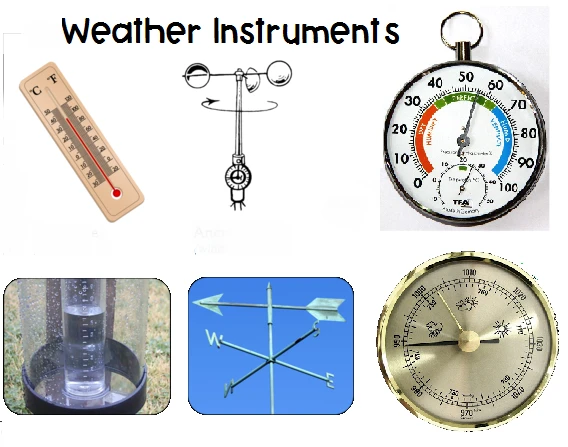
# Weather Gauges and Instruments for Accurate Meteorological Measurements
## Introduction to Meteorological Instruments
Weather gauges and instruments play a crucial role in collecting accurate meteorological data. These tools help scientists, meteorologists, and weather enthusiasts measure various atmospheric conditions to predict weather patterns and study climate changes.
## Essential Weather Measurement Tools
### 1. Thermometers
Thermometers are fundamental instruments for measuring air temperature. Modern digital thermometers provide precise readings, while traditional mercury thermometers are still used in some applications.
### 2. Barometers
Barometers measure atmospheric pressure, which is essential for weather forecasting. Mercury barometers and aneroid barometers are the two main types used in meteorological stations.
### 3. Hygrometers
These instruments measure humidity levels in the air. Psychrometers (wet-and-dry bulb thermometers) and electronic hygrometers are commonly used to determine relative humidity.
### 4. Anemometers
Anemometers measure wind speed. Cup anemometers and vane anemometers are widely used, while ultrasonic anemometers provide more advanced measurements without moving parts.
### 5. Rain Gauges
Rain gauges collect and measure precipitation. Standard rain gauges have a funnel that directs water into a measuring cylinder, while tipping bucket rain gauges record rainfall electronically.
## Advanced Weather Monitoring Systems
### Automated Weather Stations
Modern weather stations combine multiple instruments into integrated systems that automatically record and transmit data. These stations often include sensors for temperature, humidity, pressure, wind, and precipitation.
### Weather Balloons and Radiosondes
Weather balloons carry instrument packages called radiosondes into the upper atmosphere to measure temperature, humidity, pressure, and wind at various altitudes.
### Radar Systems
Weather radar systems detect precipitation, measure its intensity, and track storm movements. Doppler radar can also determine wind speed and direction within storms.
## Choosing the Right Weather Instruments
When selecting weather gauges and instruments, consider:
- Measurement accuracy requirements
- Environmental conditions
- Data recording needs
- Budget constraints
- Maintenance requirements
## Maintaining Your Weather Instruments
Proper maintenance ensures accurate measurements:
- Regular calibration against known standards
- Protection from extreme weather conditions
- Cleaning of sensors and moving parts
- Battery replacement for electronic devices
## Conclusion
Accurate weather measurements depend on quality instruments and proper usage. Whether for professional meteorological stations or personal weather monitoring, understanding and maintaining these tools is essential for reliable data collection.
Keyword: weather gauges instruments